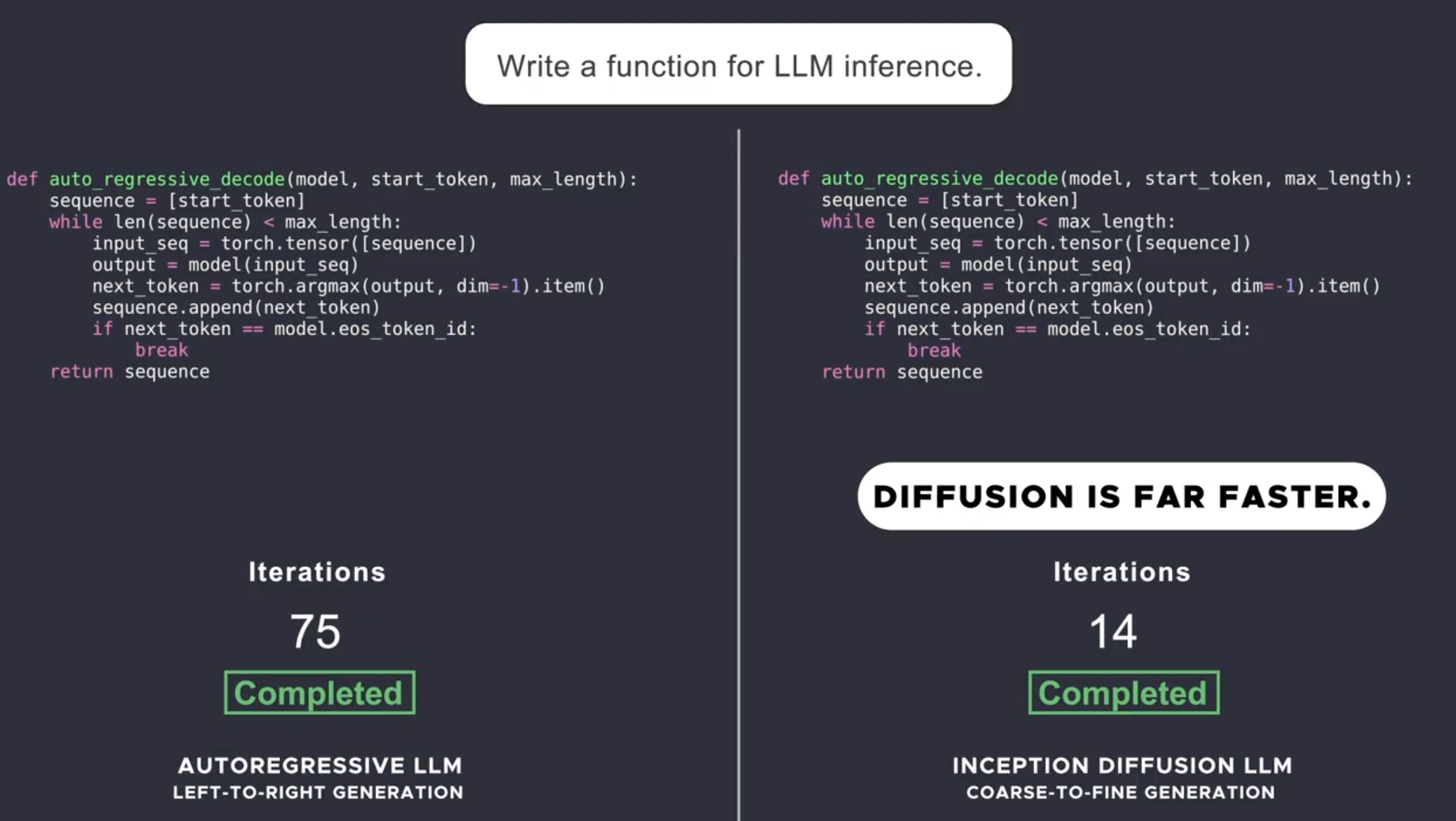The Evolution of Cyber Threats: Navigating the Shifting Landscape of Cybersecurity Risks

In today’s digital world, businesses are increasingly vulnerable to evolving cyber threats. From traditional malware to sophisticated attack methods like phishing, ransomware, and advanced persistent threats (APTs), the landscape of cybercrime continues to shift. As cybercriminals adapt and innovate, organizations must implement robust security measures to stay ahead of these threats. This guide explores the evolution of cyber threats and offers actionable strategies to protect your business in this ever-changing digital environment.
Understanding the Evolution of Cyber Threats
-
Traditional Malware
-
Description: Initially, cybercriminals relied on simple viruses, worms, and trojans that targeted system vulnerabilities. These forms of malware often required user interaction to execute and were relatively easy to detect with basic antivirus software.
-
Evolution: Malware has become more sophisticated, with some variants capable of evading detection by disguising themselves or modifying their code frequently. New forms of malware, such as fileless malware, do not need to be installed on a victim’s device, making them harder to detect.
-
-
Ransomware Attacks
-
Description: Ransomware is a form of malicious software that encrypts a victim's files, rendering them inaccessible until a ransom is paid. These attacks often target businesses, government agencies, and critical infrastructure.
-
Evolution: Ransomware attacks have become more targeted and complex. Modern ransomware is often deployed through phishing emails or malicious links and may also involve data exfiltration before encryption, threatening to release sensitive data unless the ransom is paid. Ransomware-as-a-Service (RaaS) has made it easier for attackers to execute these crimes without needing technical expertise.
-
-
Advanced Persistent Threats (APTs)
-
Description: APTs refer to prolonged and targeted cyberattacks, often conducted by nation-state actors or highly skilled hacker groups. These threats are typically aimed at stealing sensitive information or sabotaging an organization’s infrastructure over time.
-
Evolution: APTs have become more sophisticated in their methods, using advanced tactics like social engineering, zero-day vulnerabilities, and multi-layered attack vectors to infiltrate systems. They often remain undetected for months, allowing attackers to move undisturbed within a network.
-
-
Phishing and Social Engineering
-
Description: Phishing attacks typically involve cybercriminals impersonating legitimate organizations or individuals to trick users into providing sensitive information like login credentials, financial details, or personal data.
-
Evolution: Phishing attacks have grown more convincing, with attackers using targeted spear-phishing tactics. Social engineering schemes are also becoming more complex, with attackers utilizing detailed research on victims to create highly personalized and deceptive attacks.
-
-
Insider Threats
-
Description: Insider threats involve individuals within an organization—employees, contractors, or partners—who misuse their access to steal data or cause harm.
-
Evolution: As organizations embrace remote work and cloud technologies, the risk of insider threats has escalated. Malicious insiders may have access to sensitive data, and even unintentional errors by trusted individuals can result in a security breach.
-
-
Cloud Security Risks
-
Description: With the rapid adoption of cloud computing, businesses are increasingly storing sensitive data and applications in cloud environments. This shift has created new vulnerabilities.
-
Evolution: Cybercriminals now target misconfigured cloud environments or exploit weak access controls. The shared responsibility model between cloud providers and clients has made it difficult to ensure complete security, leaving organizations vulnerable to breaches.
-
-
IoT and Endpoint Security
-
Description: The Internet of Things (IoT) has introduced a new set of vulnerabilities. Devices such as smart home devices, wearable tech, and industrial IoT systems often lack adequate security features, providing an entry point for attackers.
-
Evolution: IoT devices are increasingly targeted by attackers who exploit their vulnerabilities to launch botnet attacks, gain unauthorized access, or cause disruptions to critical infrastructure.
-
Key Strategies for Protecting Your Business from Evolving Cyber Threats
-
Implement Robust Security Measures
- Regular Software Updates: Ensure that all systems, applications, and devices are regularly updated to address known vulnerabilities.
- Antivirus and Anti-Malware Software: Use next-gen antivirus software capable of detecting sophisticated threats, including fileless malware and ransomware.
- Firewalls and Network Segmentation: Utilize advanced firewalls and segment your network to limit the spread of threats.
- Multi-Factor Authentication (MFA): Enforce MFA across all user accounts to add an additional layer of security.
-
Data Backup and Disaster Recovery Plans
- Regular Backups: Schedule frequent backups and store them securely, ideally offline, to protect against ransomware and other destructive attacks.
- Test Backup Systems: Regularly test backup and recovery processes to ensure that your data can be restored without issue.
-
Employee Education and Training
- Security Awareness: Provide employees with regular cybersecurity training to help them recognize phishing emails, suspicious links, and other social engineering attacks.
- Simulated Phishing Campaigns: Conduct phishing simulations to test employee responses and improve awareness.
-
Continuous Monitoring and Threat Intelligence
- Real-Time Monitoring: Implement continuous monitoring solutions that can detect and alert on abnormal activities or signs of an impending attack.
- Threat Intelligence Sharing: Stay updated on emerging threats and collaborate with external threat intelligence networks to adjust defenses.
-
Engage Cybersecurity Experts
- Cybersecurity Consulting: Consult with cybersecurity professionals to assess your organization's vulnerabilities and develop tailored protection strategies.
- Managed Security Services (MSSPs): Consider outsourcing to MSSPs for proactive monitoring, incident response, and threat detection.
How Codelancer Cybersecurity & Forensics Can Help
At Codelancer Cybersecurity & Forensics, we specialize in providing comprehensive solutions to help businesses protect themselves against the evolving landscape of cyber threats. Our services include:
- Threat Assessment and Analysis: Our team conducts detailed assessments to identify potential vulnerabilities and areas of exposure.
- Tailored Security Solutions: We provide customized security measures, including advanced antivirus solutions, firewalls, email filtering, and more.
- Incident Response and Support: In the event of a breach, our experts assist with rapid response to mitigate damage, recover data, and restore normal operations.
- Employee Training Programs: We offer training programs to help your staff recognize and defend against the latest cyber threats.
- Continuous Monitoring: Our managed security services provide 24/7 monitoring and threat detection to ensure your systems remain secure.
Conclusion
The evolution of cyber threats requires businesses to continuously adapt their cybersecurity strategies. From traditional malware to advanced persistent threats and ransomware, the landscape of cybercrime is constantly changing. By implementing a comprehensive approach that includes robust security measures, continuous monitoring, employee training, and expert consultation, businesses can stay one step ahead of evolving threats and protect their sensitive data.
What's Your Reaction?




































